Tutorial: COSMOS ("Cloud enhanced Open Software defined Mobile wireless testbed for city-Scale deployment") Testbed for Advanced Wireless and Edge Cloud Research
Fri. Sept. 25, 2020, 6:00am PDT, Online
Presenters: Tingjun Chen (Columbia University), Manav Kohli (Columbia University), Jakub Kolodziejski (Rutgers University), Prasanthi Maddala (Rutgers University), Nilanjan Paul (Rutgers University), Michael Sherman (Rutgers University), Panagiotis Skrimponis (NYU), Jiakai Yu (Univeristy of Arizona)
Organizers: Dan Kilper (University of Arizona), Thanasis Korakis (NYU), Dipankar Raychaudhuri (Rutgers University), Ivan Seskar (Rutgers University), Gil Zussman (Columbia University)
Registration: Please register in the Mobicom Website and join the Mobicom slack and #tutorial_COSMOS channel.
Wireless network testbeds are important for realistic, at-scale experimental evaluation of new radio technologies, protocols and network architectures. With a somewhat belated reality check on 5G, larger tests and demonstration sites have become even more important in the validation of next generation wireless platforms. In order to address at least some of the challenges of advancing fundamental wireless research, the US National Science Foundation (NSF), in collaboration with a consortium, has formed a public-private partnership to support the creation of up to four city-scale experimental platforms – the NSF’s Platforms for Advanced Wireless Research (PAWR) initiative.
This tutorial will introduce the PAWR COSMOS (“Cloud enhanced Open Software defined MObile wireless testbed for city-Scale deployment”) platform. COSMOS is a joint project involving Rutgers, Columbia, and NYU along with several partner organizations including New York City, City College of New York, University of Arizona, Silicon Harlem, and IBM. The COSMOS advanced wireless testbed is being deployed in New York City with technical focus on ultra-high-bandwidth and low-latency wireless communications with tightly coupled edge computing, and emphasis on the millimeter-wave (mmWave) radio communications and dynamic optical switching.
Once fully deployed, the COSMOS testbed will support at-scale experimentation of novel advanced wireless broadband and communication technologies in both sub-6 GHz and mmWave frequency bands in West Harlem in New York City, which is a representative of a densely populated urban environment. The COSMOS testbed platform provides a mix of fully programmable software-defined radio (SDR) nodes for flexible wireless experimentation. It also includes novel 100 Gbps+ fiber, free space optical, and microwave backhaul technologies interconnected with a software-defined network (SDN) switching fabric for minimum latency and flexibility in setting up experimental network topologies. Moreover, the remote accessibility of COSMOS lowers the barrier for experimentation in the area of radio and wireless technology and thus improves education and research productivity. The goal of this tutorial is to provide an introduction to COSMOS testbed management framework OMF and measurement library OML and main technology capabilities.
The first part of the tutorial will focus on the SDR aspects, where attendees will learn the basics of testbed usage and the OMF testbed management framework. These include how to manage reservations, image the nodes, orchestrate their experiments and collect measurements. Experimenters will be able to play with a number of SDR-based examples:
- A channel sounding experiment supporting up to 100 MHz baseband bandwidth based on a customized FPGA implementation.
- A real-time full-duplex wireless link demonstration using customized self-interference cancellation hardware circuitry integrated with the SDRs (Columbia FlexICoN project).
- Experimentation with the Sivers IMA 60GHz arrays and the programmable IBM 28GHz phased array antenna modules (PAAMs) with USRP SDRs
The second part of the tutorial will introduce the COSMOS Education Toolkit that provides an experimentation curriculum that blends the three disciplines of mathematics, science, and computer science for K-12 students.
The third part of the tutorial will focus on experimentation with heterogeneous cloud computing capabilities (i.e., CPUs, GPUs, and server-side FPGAs) of the COSMOS platform. To illustrate the use of distributed computational resources, attendees will deploy the OpenAirInterface (OAI) SDR-based LTE experimental ecosystem by using the Open Source MANO (OSM) orchestrator.
The fourth part of the tutorial is devoted to optical experimentation and will show the tools and services designed to configure and monitor the performance of optical paths and topologies of the COSMOS testbed. In particular, the SDN framework will allow testbed users to implement experiments with application-driven control of optical and data networking functionalities. Customized python scripts along with a Ryu OpenFlow controller will be used to demonstrate the programmability of the COSMOS optical network.
Agenda
| Time (EDT) | Topic | Presenter |
| Before | Overview video | Tingjun Chen |
| 9:00-9:05 | Welcome remarks | Gil Zussman |
| 9:05-9:15 | Basic testbed usage with OMF | Michael Sherman |
| 9:15-9:30 | Basic SDR tutorial | Prasanthi Maddala |
| 9:30-9:45 | Measurement tools: OML | Nilanjan Paul |
| 9:45-10:00 | Sub-6 GHz MIMO channel sounding | Tingjun Chen |
| 10:00-10:15 | Full duplex | Manav Kohli |
| 10:15-10:25 | Education toolkit overview | Panagiotis Skrimponis |
| 10:25-10:35 | Education toolkit experiments | Panagiotis Skrimponis |
| 10:35-11:00 | Coffee Break + Q&A | All |
| 11:00-11:15 | 28 GHz channel estimation/sounding | Tingjun Chen |
| 11:15-11:30 | 60 GHz channel estimation/sounding | Prasanthi Maddala |
| 11:30-11:45 | Next generation FPGA SDR (RFSoC) | Panagiotis Skrimponis |
| 11:45-12:00 | Optical communications | Jiakai Yu and Tingjun Chen |
| 12:00-12:20 | Edge computing orchestration (OSM + devstack) | Michael Sherman |
| 12:20-12:40 | SDR-based cellular communications (OpenAirInterface) | Michael Sherman |
| 12:40-1:00 | Q&A and closing remarks | All |
COSMOS Overview
Please watch the following overview video (ACM MobiCom 2020 paper presentation) before the tutorial:
Tutorial Links
- Wideband channel sounding
- Full-duplex wireless
- COSMOS Educational Toolkit
- Optical tutorial
- mmWave Wireless
- Computing


